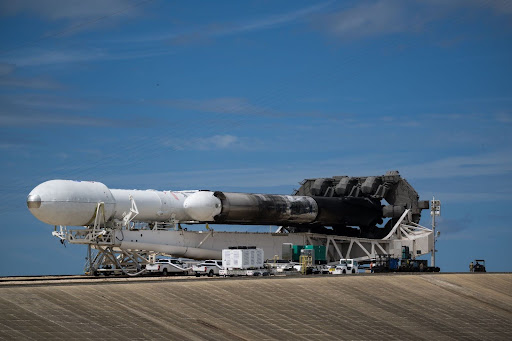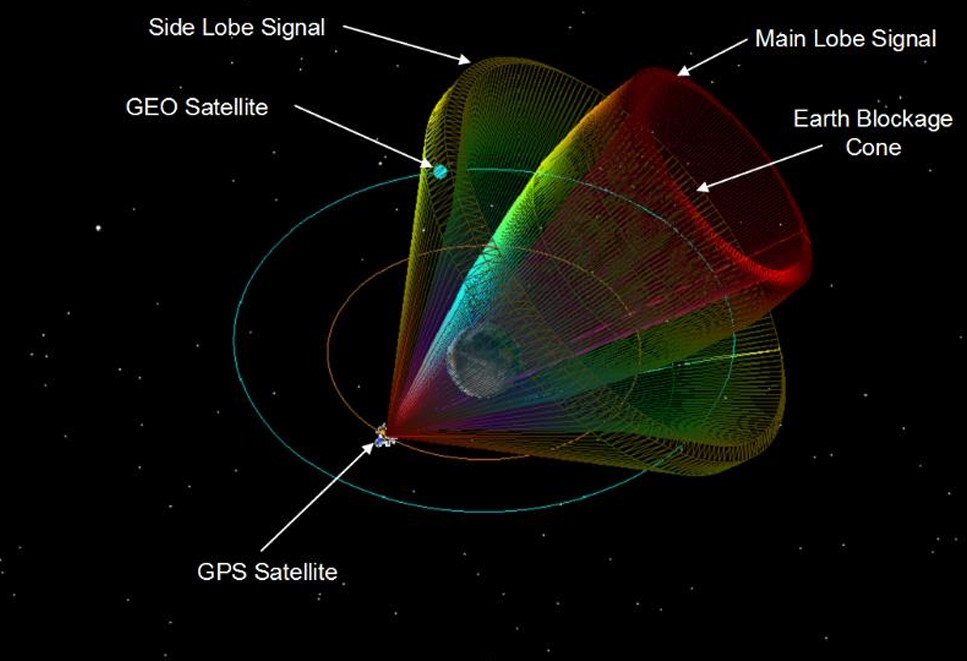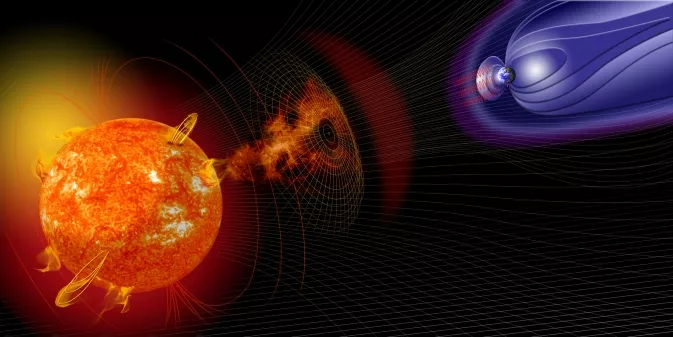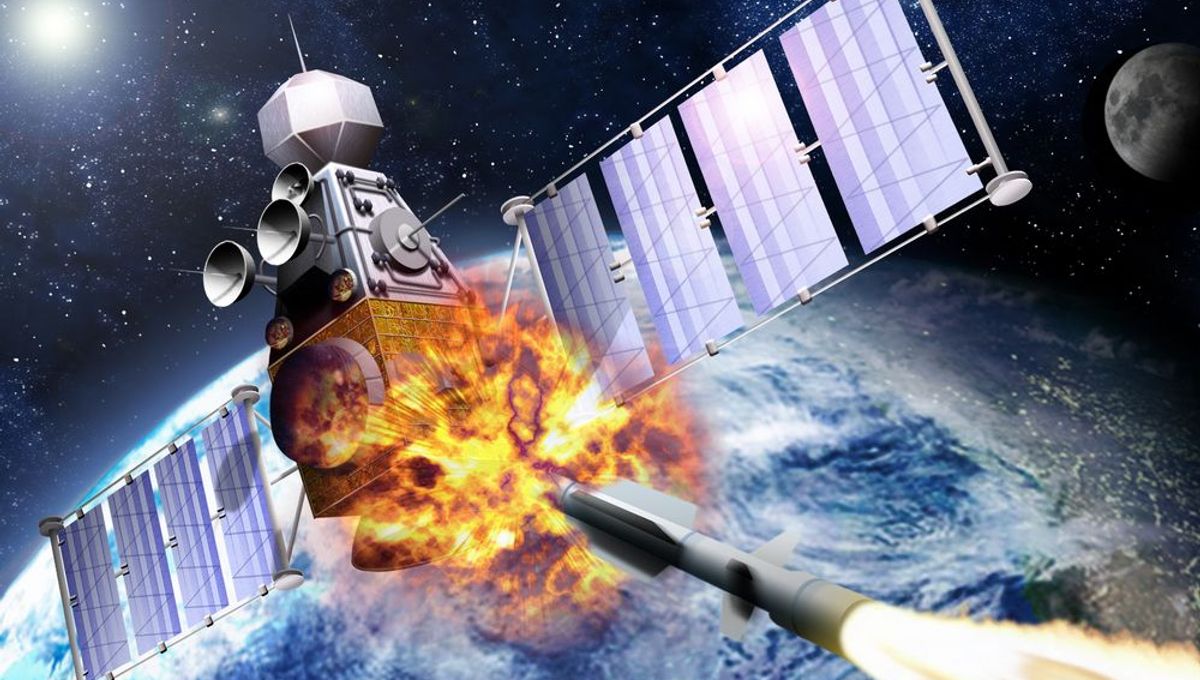![]()
A $233 Million Whoops: The Story of the Ill-Fated NOAA N-Prime Satellite We’ve all had those moments at work where a simple mistake snowballs into a bigger problem. But for Lockheed Martin in 2003, a seemingly minor oversight during a routine procedure resulted in a major disaster – and a hefty price tag – involving … Delve Deeper “The Day NOAA-19 Toppled” »










